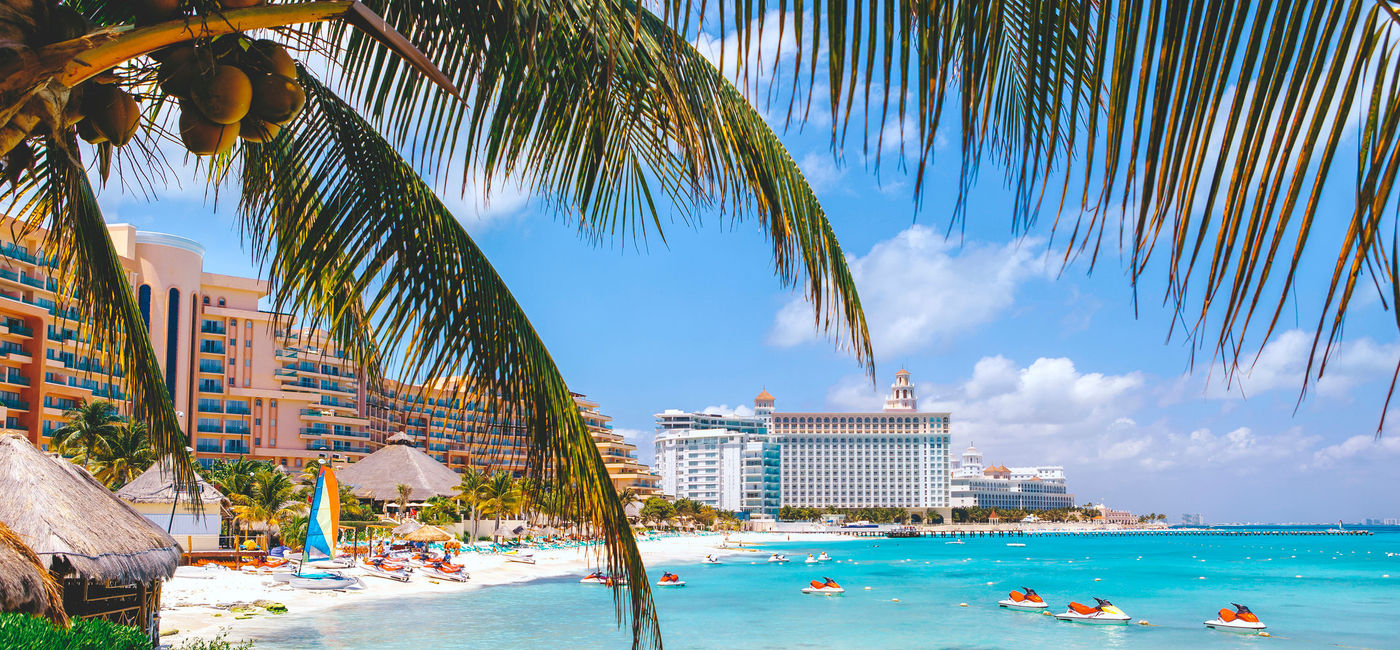New Data Shows How Mexico’s Tourism Growth Continues to Climb

Mexico is repositioned in ninth place in the world in foreign exchange earnings from tourism, according to data from the World Tourism Organization (WTO).
Miguel Torruco, Mexico’s Secretary of Tourism, announced that, according to the WTO’s World Tourism Barometer, it is estimated that Mexico will rank ninth in foreign exchange earnings per international visitor for 2022.
Torruco highlighted that Mexico climbed from 17th place registered in 2018 at the beginning of this administration, to ninth in 2022 in foreign exchange earnings per international visitors, which puts the country among the top 10 places for the second consecutive year for how the tourism potential of a nation is measured.
The Secretary of Tourism affirmed that according to forecasts for the end of 2023, Mexico will capture US$31.1 billion from international visitors, which is 11.3 percent more than in 2022, and 26.8 percent more than in 2019.
Tourism as Social Reconciliation
Torruco also pointed out that in 2022, foreign exchange income from international visitors to Mexico will total US$28 billion. This is 41.7 percent higher than in 2021 and 14 percent above 2019.
He also emphasized that this significant rise complies with the premise of the current tourism policy, which prioritizes foreign exchange earnings from international visitors above the number of tourists, with the purpose that the economic spillover permeates into the communities of the 235 places with a tourist vocation in Mexico, the purpose is to make tourism a tool for social reconciliation.
In 2022, 38.3 billion international tourists arrived in Mexico, representing a growth of 20.3 percent with respect to that observed in 2021 and only 14.9 percent of that recorded in 2019.
Thus, Mexico ranks sixth in the WTO ranking, below France, Spain, the United States, Turkey, and Italy, representing progress, considering that at the close of 2018, Mexico ranked seventh in international tourist arrivals.
After the COVID-19 pandemic, the world tourism market is beginning to recover. And the fact is that in 2020 it suffered a significant drop when the world market fell considerably by 72.2 percent in terms of tourists and 62.6 percent in spending.
Proven Measures
The Secretary of Tourism emphasized that thanks to the policies implemented in Mexico (the non-restriction of international flights, the development of standard bio sanitary protocols, as well as the vaccination strategy), there was only a 46.1 percent drop in the arrival of international tourists and a 55.3 percent drop in foreign exchange income from international visitors.
For this reason, President Andres Manuel López Obrador received recognition from UNWTO Secretary General Zurab Pololikashvili for implementing these measures that allowed for the rapid recovery of the tourism sector in our country.
Torruco Marqués reported that according to the WTO, in 2022, international tourist arrivals on a global scale totaled almost 963 million tourists, a level 111.2 percent higher than that observed in 2021.
And forecasts for 2023 are flattering. UNWTO notes that in response to the challenging global economic environment, tourists are expected to travel more frequently on short-haul trips and increasingly seek fair value for money.
Torruco noted that this administration’s tourism policy has paid off. The joint work of the authorities of the three levels of government and the private sector has had a good impact. For example, programs such as Green Angels, Magical Towns, and now Magical Neighborhoods, among others, have been strengthened; also, by the end of the administration, priority projects will be consolidated: trains, airports, and highways. All of this will boost the economic flow and foreign exchange earnings.
Brazil Vs. Mexico
The requirement of a physical visa for Brazilians has had an economic impact of US$123.5 billion in Mexico, which entails a decrease in the tourist flow of 92,784 travelers between September 2022 and February 2023, with an effect mainly focused on the Cancun and Mexico City region.
According to an estimate by the Anahuac Center for Tourism Research and Competitiveness (Cicotur), the economic effect is equivalent to 1.1 percent of the tourism balance and comes after several years of rising tourist arrivals, which was abruptly interrupted by the COVID-19 pandemic and subsequently the visa requirement.
Francisco Madrid, general director of Cicotur Anahuac, explained that in Brazil, there is a concentration of only 30 percent of the population in the ten main metropolitan areas, so there is a very high dispersion of inhabitants, which translates into a challenge to obtain a visa, as Mexico is a country with many tourists.
“In 2022, the Brazilian market was in the process of recovery; it was the 20th largest market in the world and the first in Latin America. In addition, it is the seventh country with the highest international tourist spending, US$2,177 last year. With the pandemic, the arrival of Brazilians decreased, and then a little more as an effect of the visa policy”, said the specialist.
For Braulio Arsuaga, president of the National Tourism Business Council (CNET), the measure has a negative effect at a time when the sector is still recovering from COVID-19 under adverse conditions, such as the lack of a mechanism to promote the country, which disappeared with the extinction of the Tourism Promotion Council of Mexico (CPTM).
